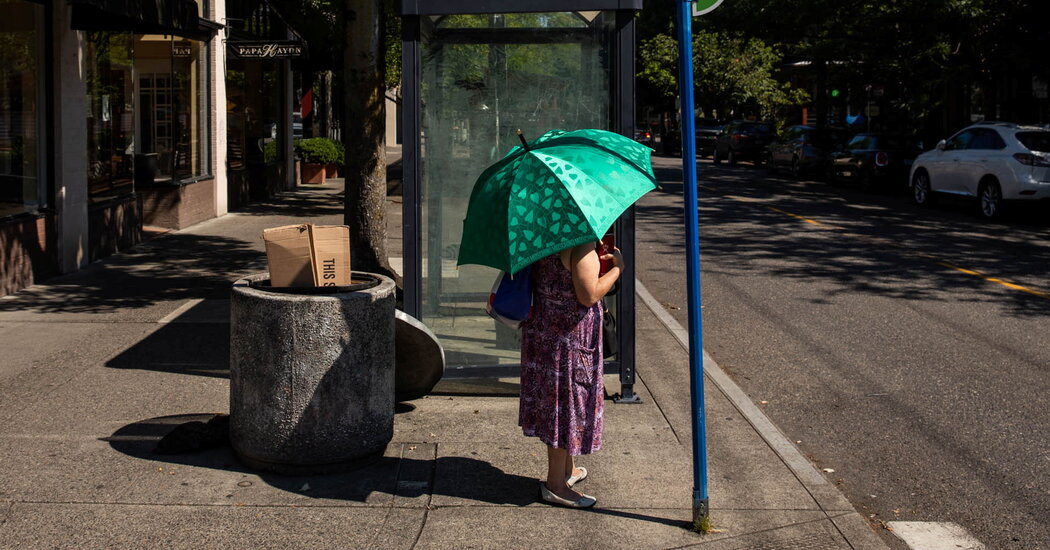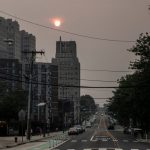
The ferocious heat wave that hit the Pacific Northwest in late June stunned some climate scientists because it was so much more extreme than anything the region had experienced before.
In most heat waves, if local temperature records are broken, it might be by a few degrees Celsius at most. But in the Pacific Northwest, the records — and there were many of them — were as much as 5 degrees Celsius (9 degrees Fahrenheit) higher than previous high temperatures.
That led a team of scientists who studied the event to suggest that something different might be occurring, some mechanism linking global warming to very extreme heat that they did not fully understand.
A new study published Monday offers some insight into why the Pacific Northwest heat wave might have occurred, although the paper was researched, written and reviewed long before that event. The study also suggests that the world can expect more off-the-charts heat waves in the future, unless drastic action is taken to curb climate change.
Erich Fischer of the Swiss Federal Institute of Technology in Zurich and colleagues used computer simulations of the earth’s climate to see how warming affected the likelihood of such extreme heat waves. The study was published in Nature Climate Change.
As the research into the Pacific Northwest event found, such record-shattering heat waves would be practically impossible in a world that was not warming. Dr. Fischer and his colleagues found that warming made them more likely to happen, and that how much more likely depended on the rate, rather than the absolute amount, of warming.
That’s an important distinction, and one that has implications for the real world outside of simulations, because the rate of warming has increased in recent decades as society continues to pump huge amounts of carbon dioxide and other heat-trapping gases into the atmosphere. Two-thirds of the warming that has occurred since the 19th century has occurred since 1975.
The study found that if warming were to continue at a relatively rapid pace, such record-shattering heat waves would be up to 21 times more likely toward the end of the 21st century compared with the past 30 years.
Geert Jan van Oldenborgh of the Royal Netherlands Meteorological Institute, one of the leaders of the Pacific Northwest heat wave study, said he was struck by the new research because, although it used different methods, it came to the same conclusion.
“They have looked at it in the model world at the end of the 21st century, we in the real world at the beginning of the century,” he wrote in an email message. “But both find these huge jumps.”



Average Rating